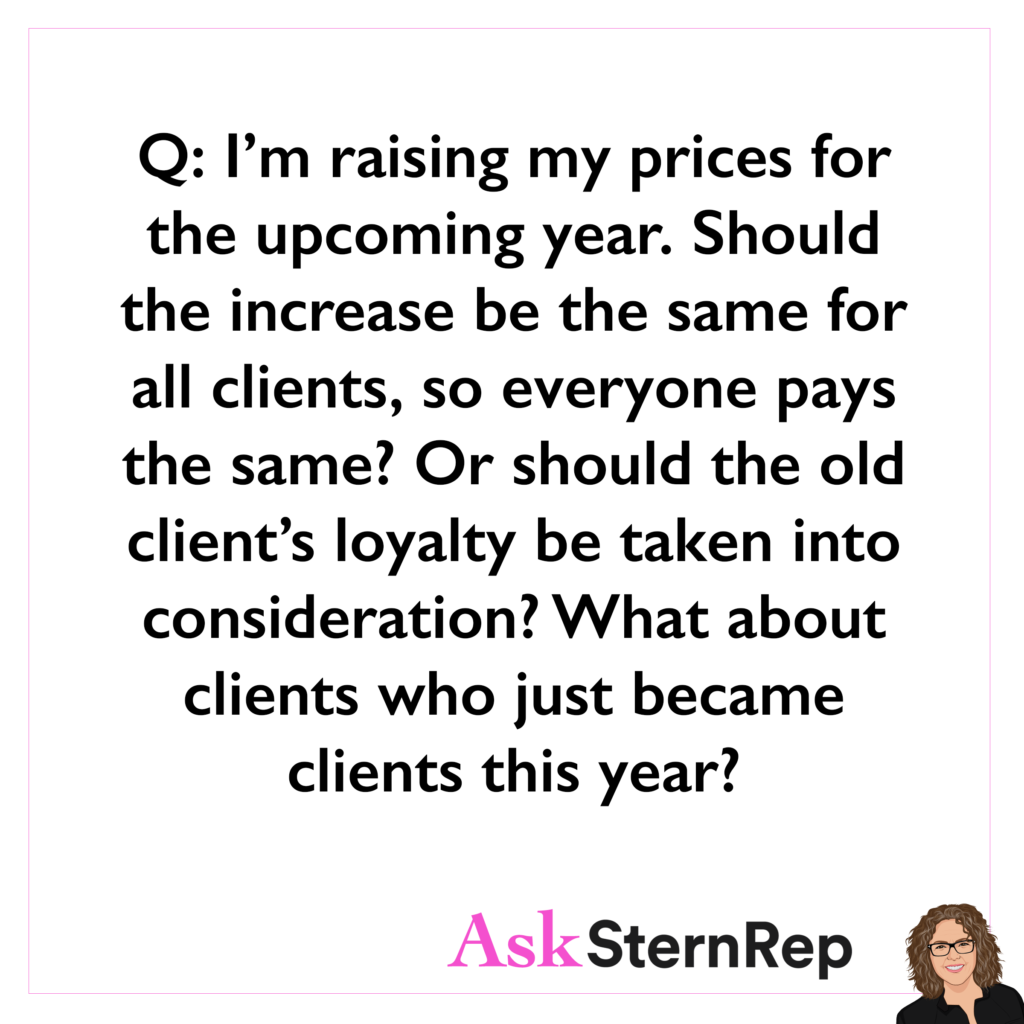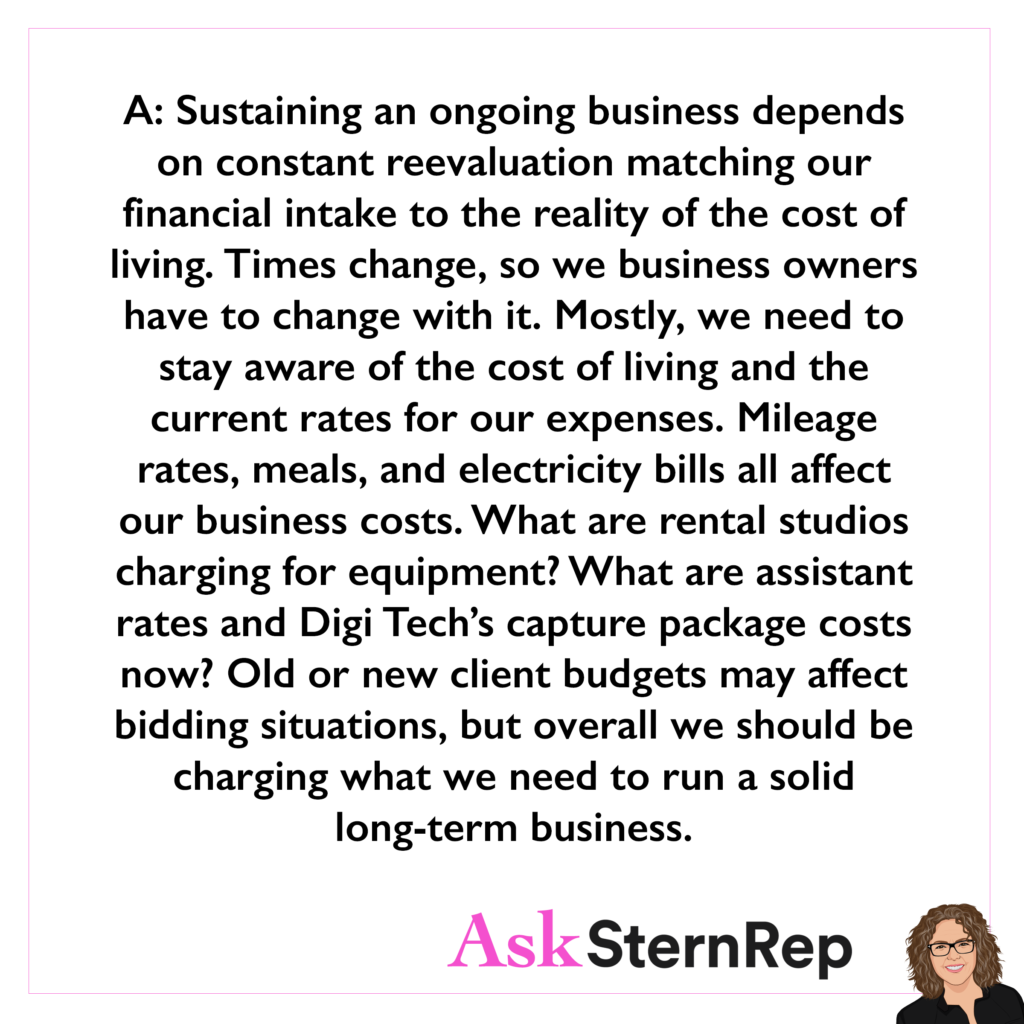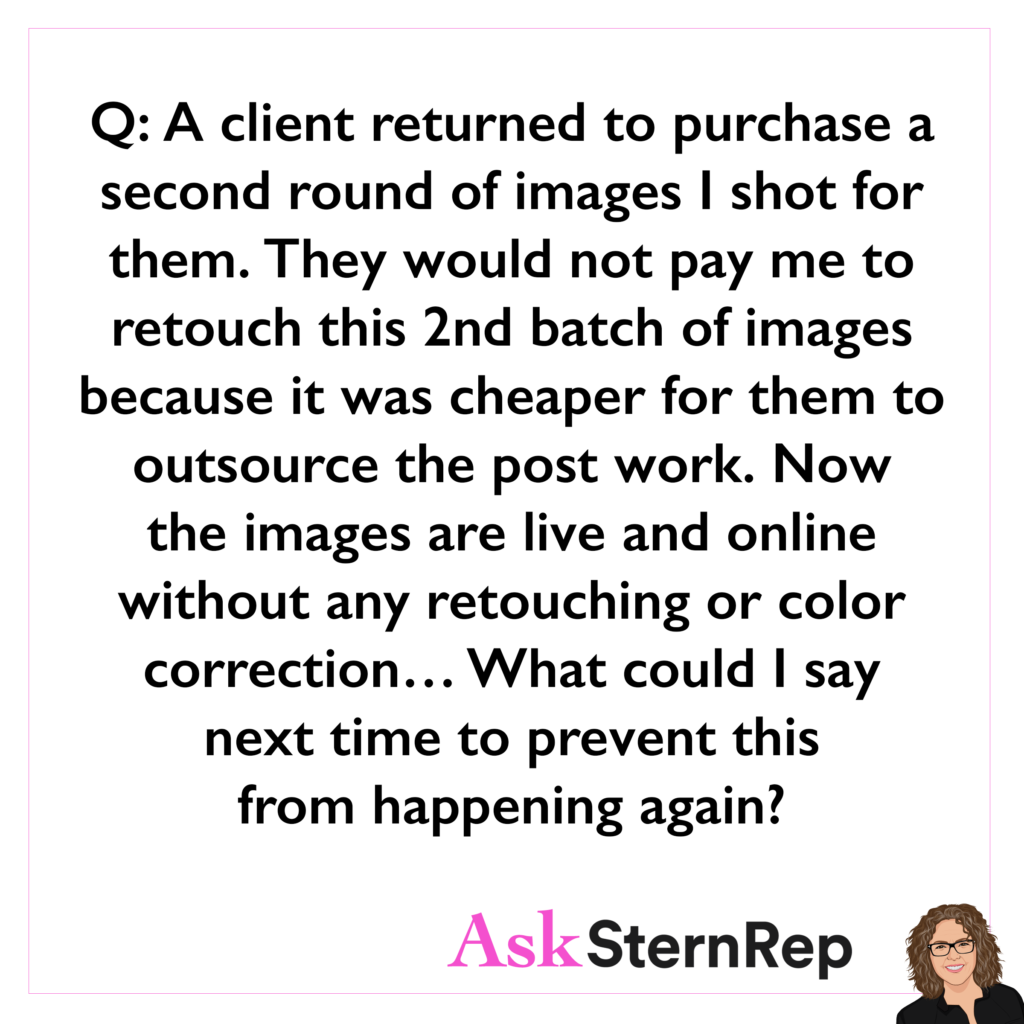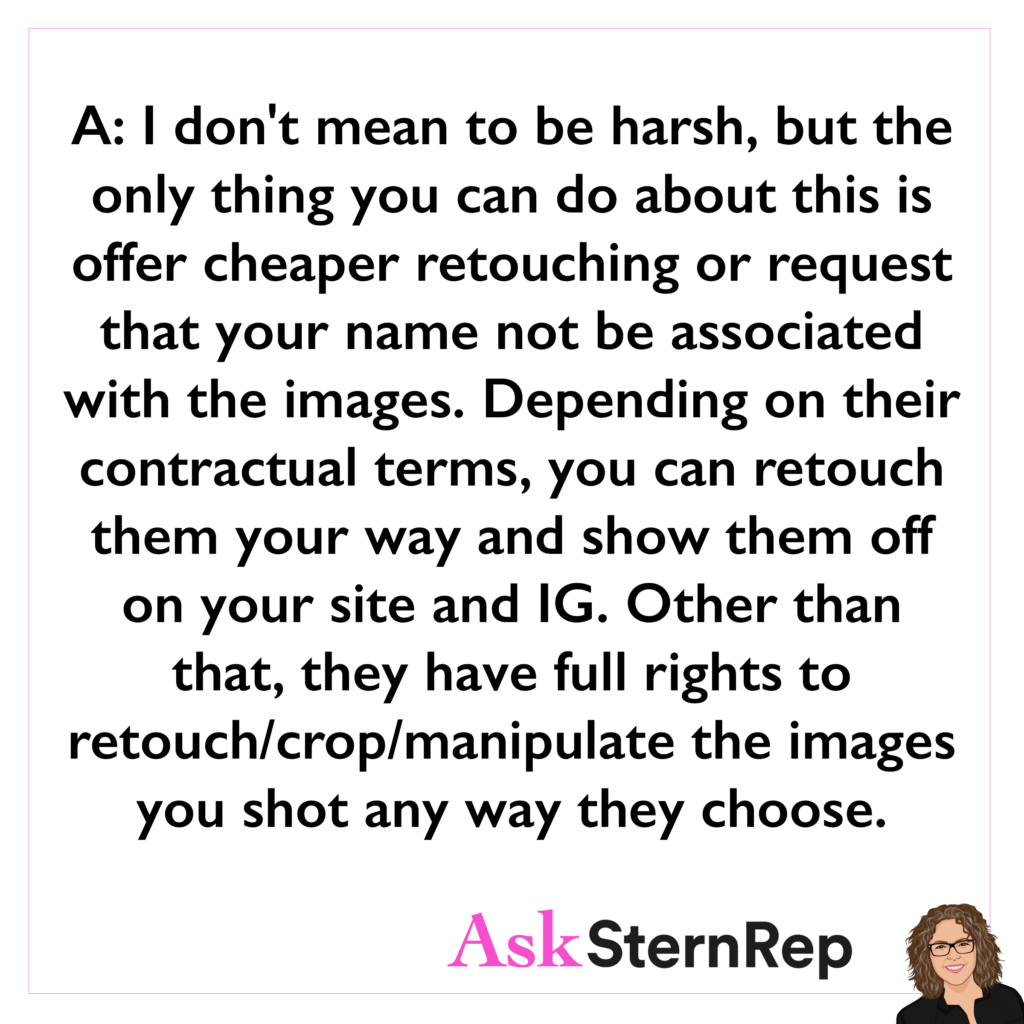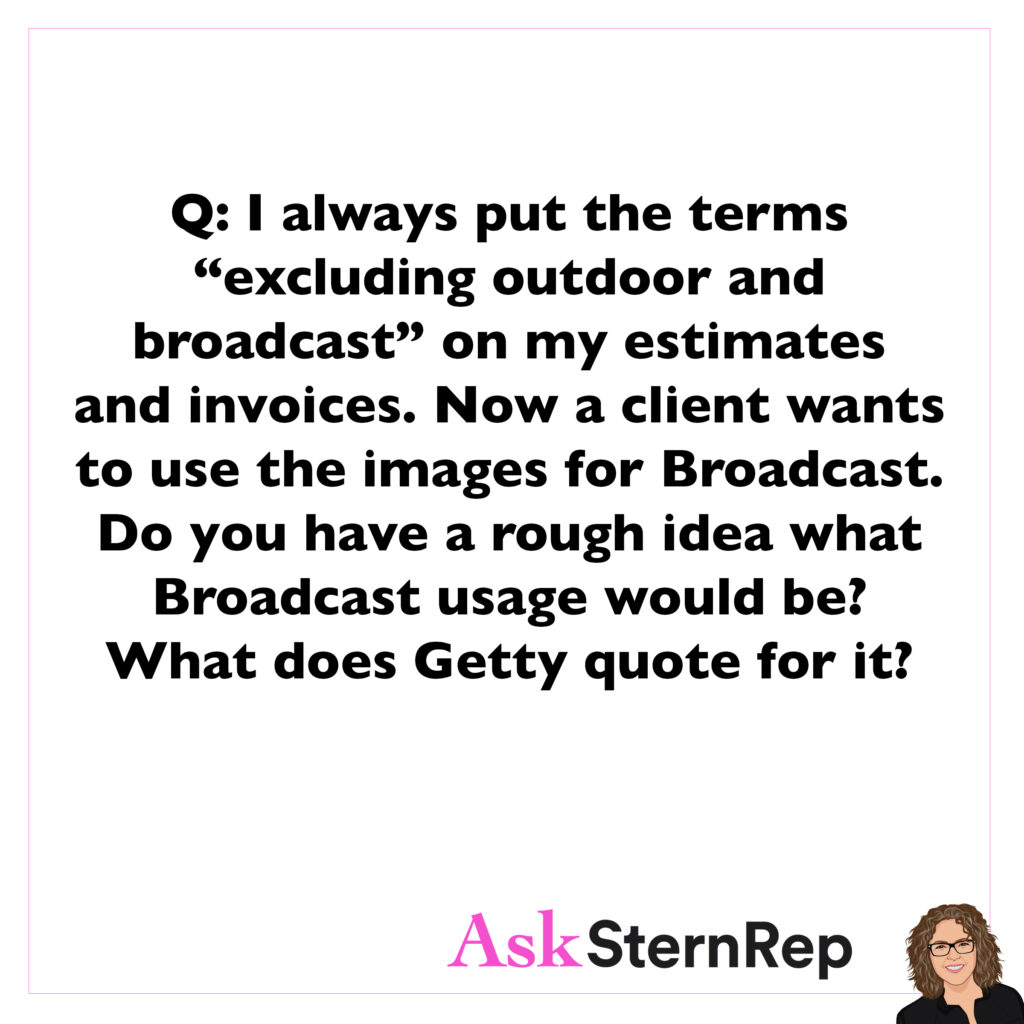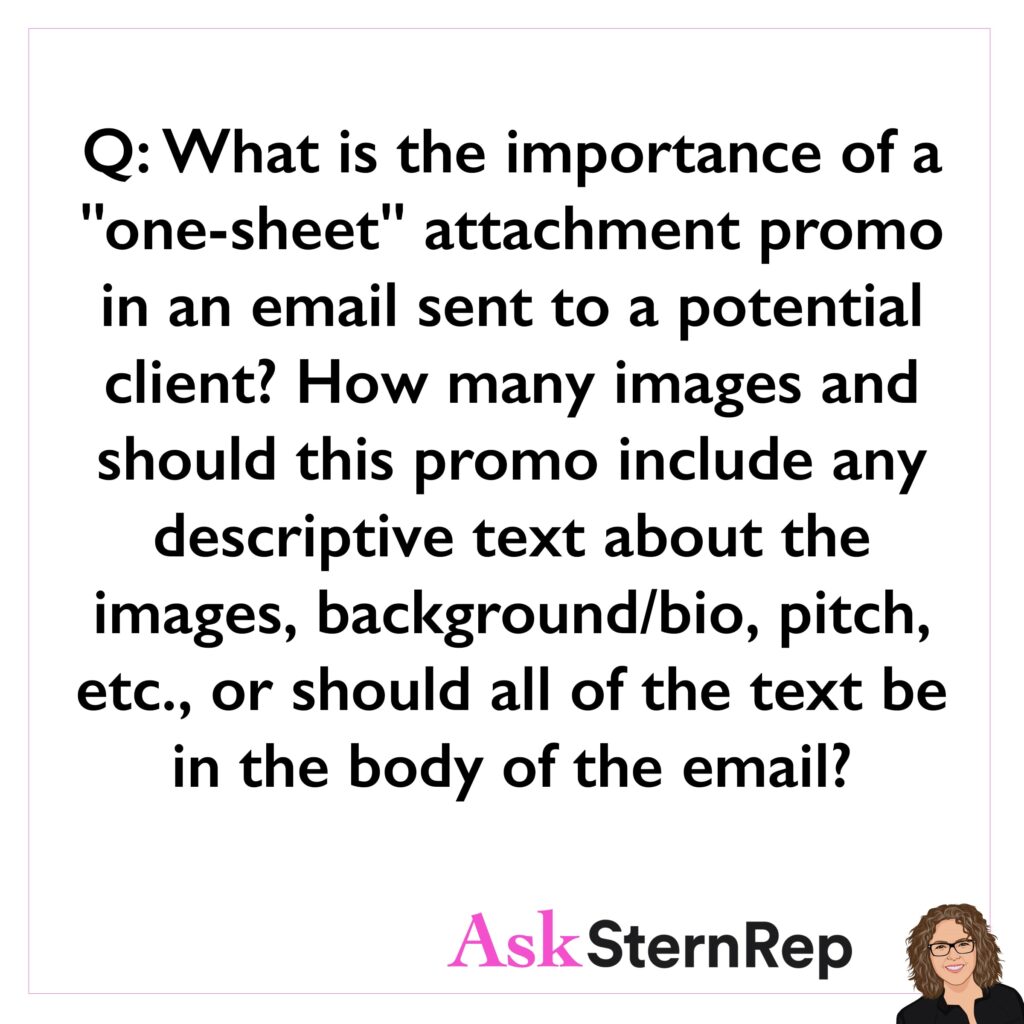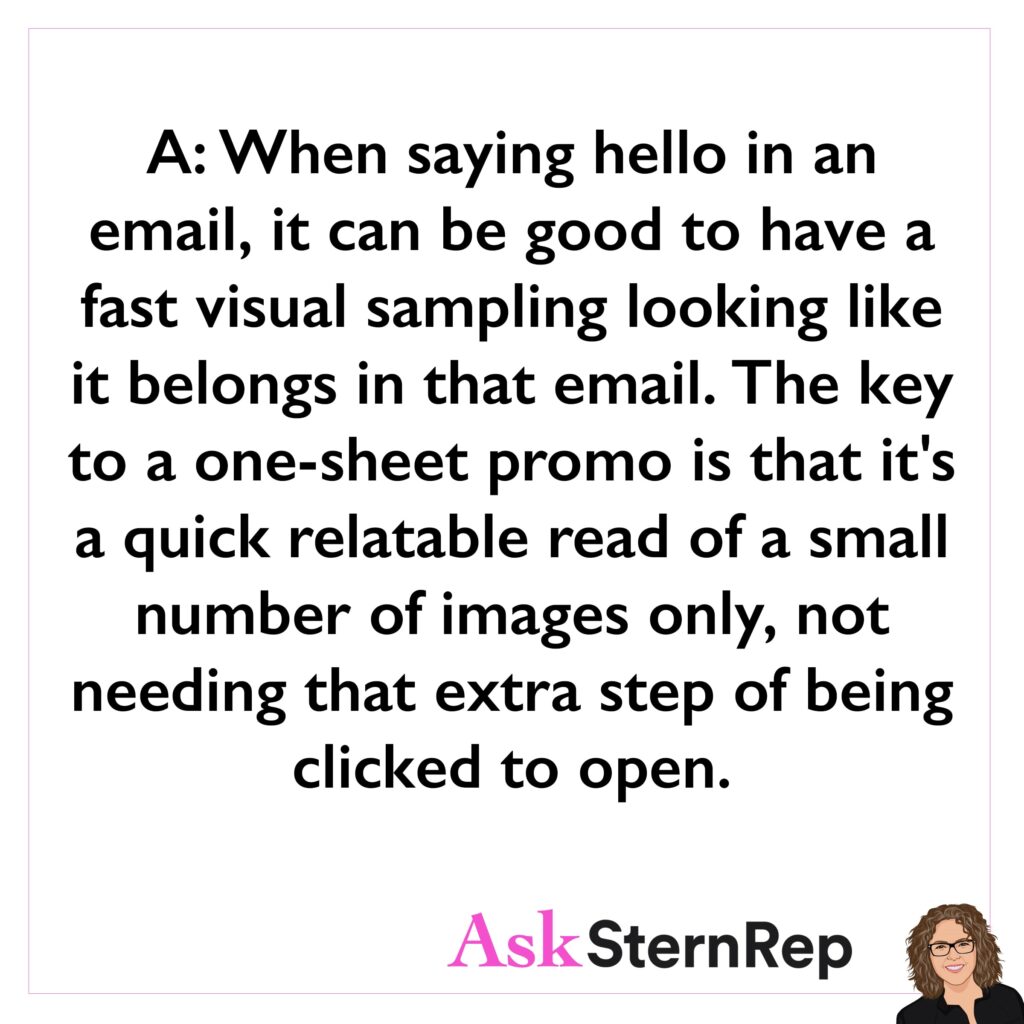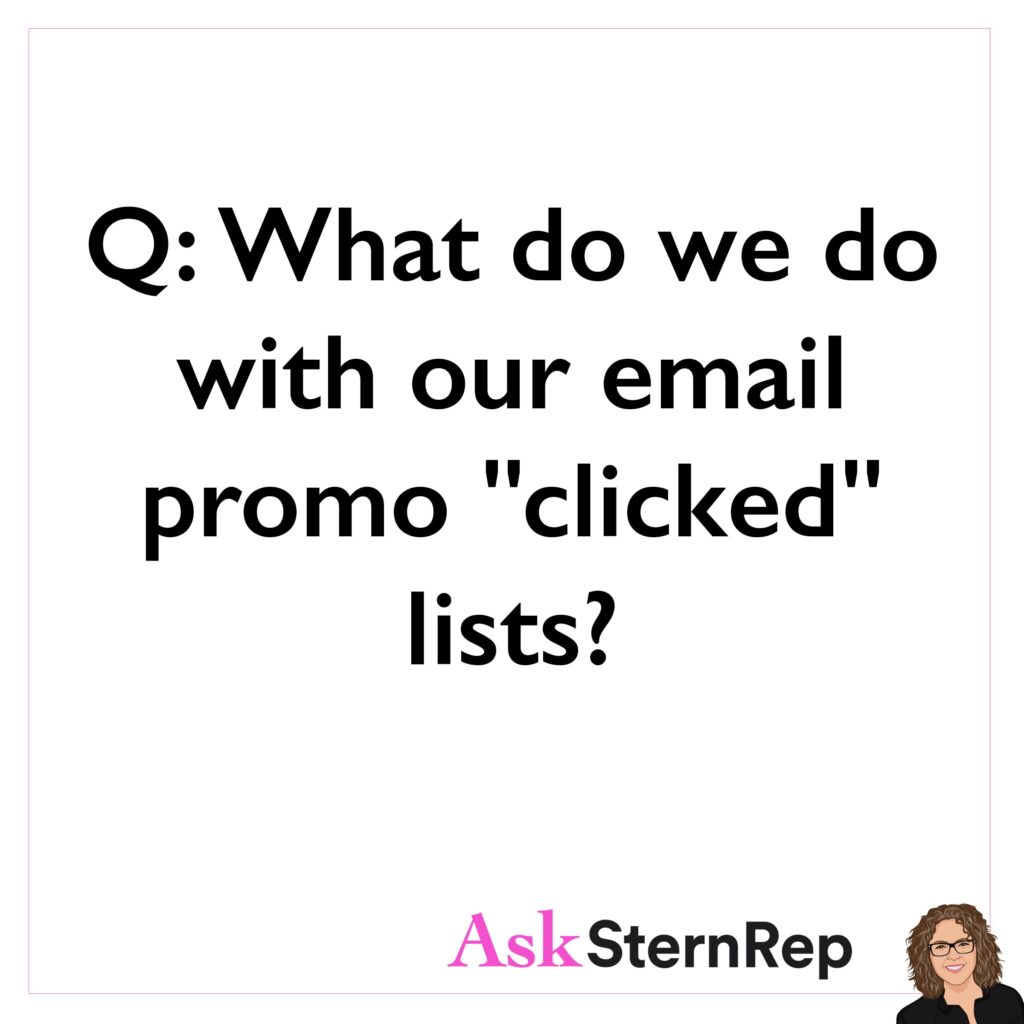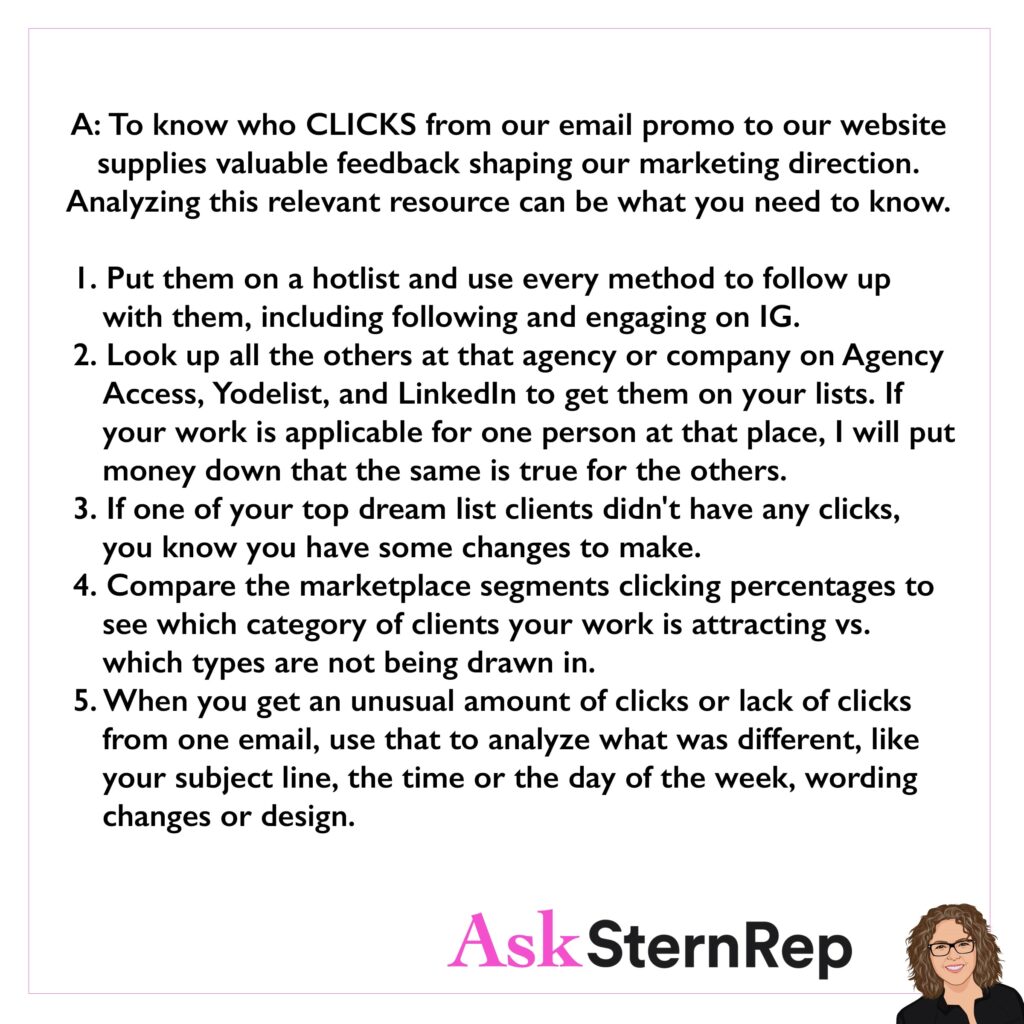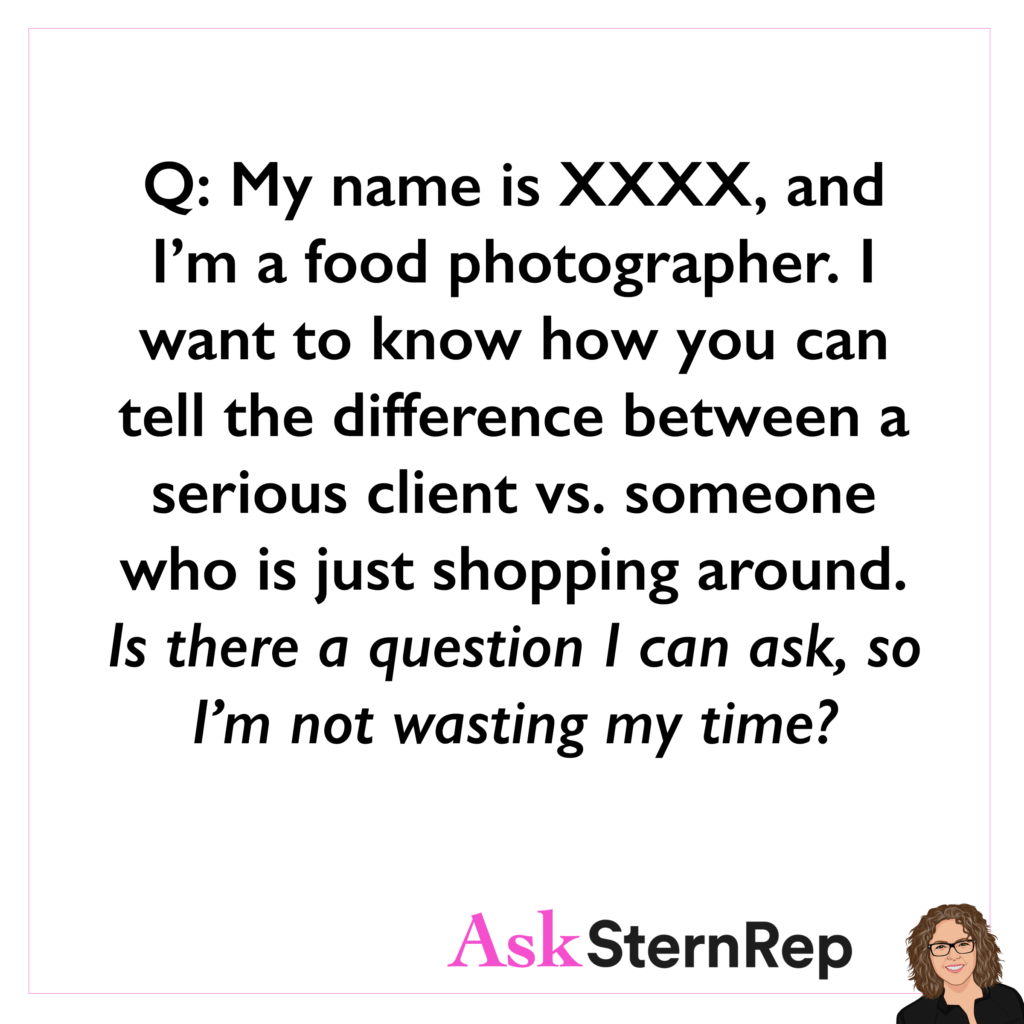
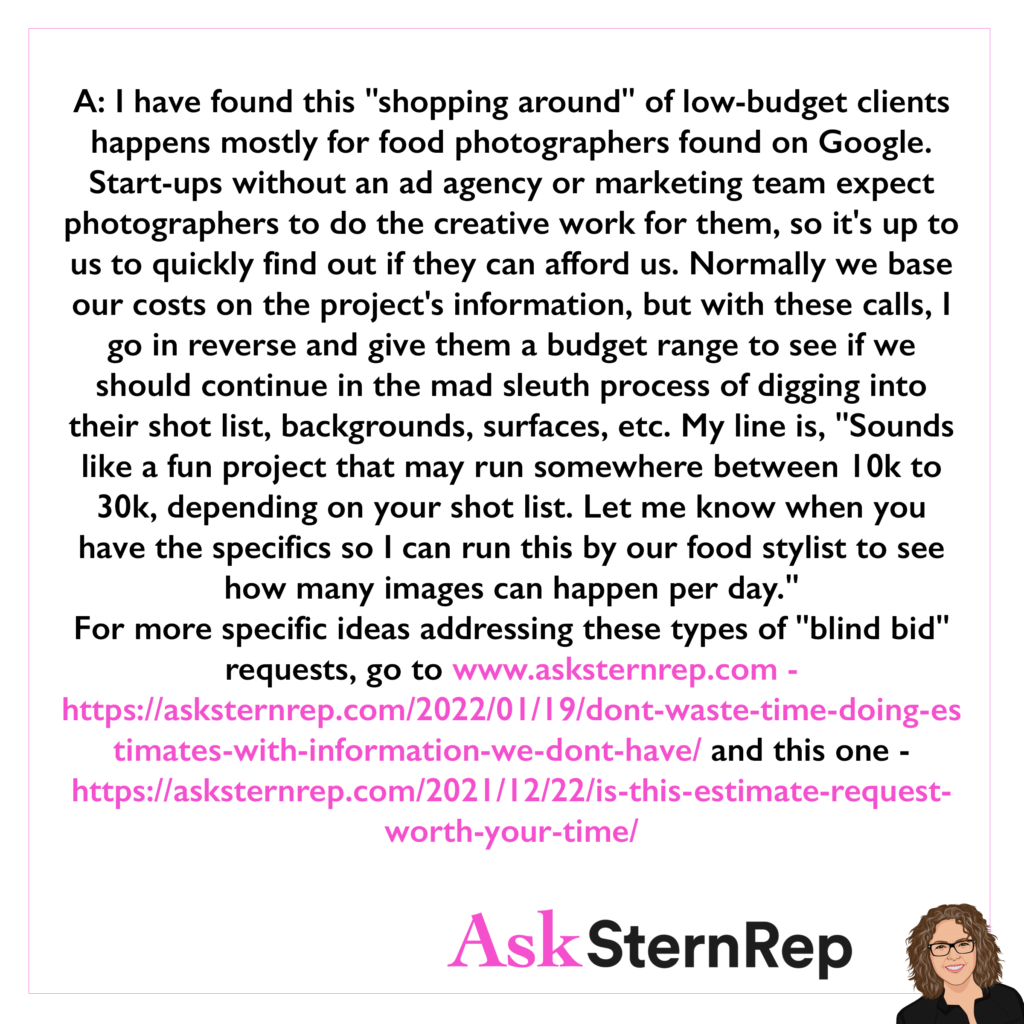
Q:
My name is XXXXXX, and I’m a food photographer. I want to know how you can tell the difference between a serious client vs. someone who is just shopping around. Is there a question I can ask, so I’m not just wasting my time?
A:
I have found this “shopping around” of low-budget clients happens mostly for food photographers found on Google. Start-ups without an ad agency or marketing team expect photographers to do the creative work for them, so it’s up to us to quickly find out if they can afford us. Normally we base our costs on the project’s information, but with these calls, I go in reverse and give them a budget range to see if we should continue in the mad sleuth process of digging into their shot list, backgrounds, surfaces, etc. My line is, “Sounds like a fun project that may run somewhere between 10k to 30k, depending on your shot list. Let me know when you have the specifics so I can run this by our food stylist to see how many images can happen per day.”
For more specific ideas addressing these types of “blind bid” requests, go to www.asksternrep.com – https://asksternrep.com/2022/01/19/dont-waste-time-doing-estimates-with-information-we-dont-have/
and this one – https://asksternrep.com/2021/12/22/is-this-estimate-request-worth-your-time/

